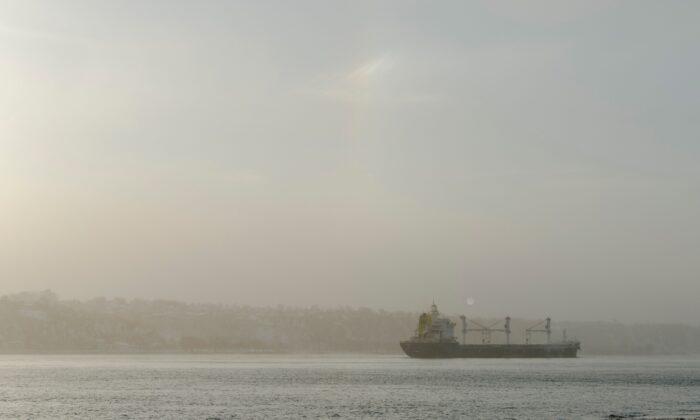Southwestern Ontario and Quebec have some of the poorest-quality river water in Canada, according to Environment Canada.
At 83 percent of monitored sites, water quality in Canada’s rivers was rated as fair to excellent, the report said. At 60 percent of the locations studied, water quality had not changed between 2002 and 2020.
However, the water quality had deteriorated in 30 percent of the locations.
Some of the regional waterways with worsening quality included Ottawa’s Rideau River, the Humber and Don Rivers in Toronto, and Quebec’s Chateauguay, Jacques-Cartier, and la Petite Nation Rivers.
Water quality has deteriorated at 13 locations in Atlantic Canada, including the Main River and Lloyds River in Newfoundland and Labrador, and the Annapolis River and Cornwallis River in Nova Scotia, the report said.In New Brunswick, water quality has worsened in various locations along the Saint John River, as well as the Aroostook River, Big Presque Isle Stream, Nashwaak River, Lepreau River, Southwest Miramichi River, and the Petitcodiac River.
Water quality in rivers in the Great Lakes and St. Lawrence River region was generally fair to poor in southwestern Ontario and along the St. Lawrence River between Montreal and Quebec City, but excellent or good in eastern Ontario, according to the report.
Water quality in the Prairies was mainly rated good to excellent, while Pacific waterways were mainly ranked “fair.”
The report attributed some of the diminished water quality to “increasing population density,” noting that the Great Lakes and St. Lawrence River regions have six of Canada’s 10 largest cities and are home to almost 60 percent of the country’s population.
By world standards, said the report, Canada has abundant clean freshwater, which is used to protect aquatic plant and animal biodiversity, in addition to being used in manufacturing, energy production, swimming, boating, fishing, and for drinking and washing.
“However, it is how people have developed the land around lakes and rivers that has the largest impact on water quality at each site,” the report said.
“Degraded water quality damages the health of all freshwater ecosystems, such as rivers, lakes, reservoirs and wetlands. It can also disrupt fisheries, tourism and agriculture and make it more expensive to treat to drinking water standards.”
A 2019 study published by Environment Canada titled “Wastewater Systems Effluent Regulations,” said that municipalities across the country dump 374 billion gallons of raw sewage each year, not including “releases from combined sewer overflows.”
However, natural factors such as snow and rainfall also affect water quality “by washing pollution that builds up on the surface of roads and fields into the river,” the report said.
“A dry year could mean better water quality, because less pollution is washed into the river. On the other hand, a drought could lead to worse quality as there is less water to dilute pollution from point sources like urban sewage outflows.”





